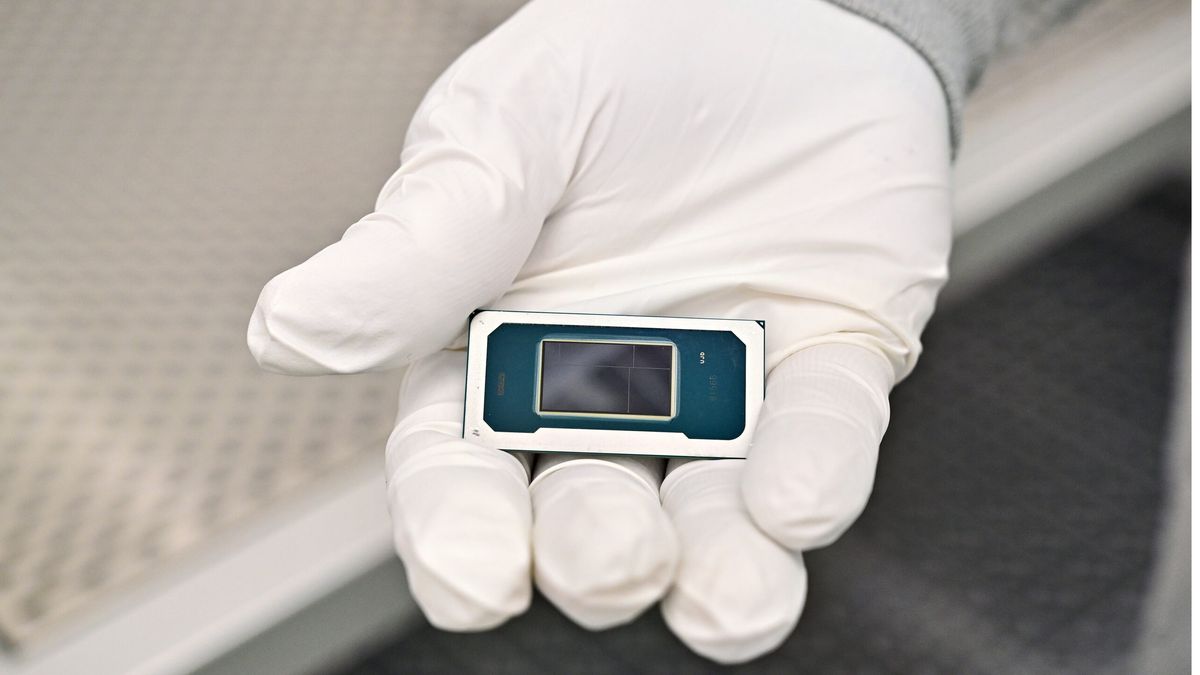AI is encroaching on a new area of social media. TikTok on Tuesday announced the new feature AI Alive, which lets creators animate photos for TikTok stories into short video clips using generative AI. The feature is rolling out in the US this week.
My experience using AI Alive has been a mixed bag. The first time I tried it, it took nearly 5 minutes to generate a video, and for 2 of those minutes, it kept saying there were only 10 seconds left. The results ranged from acceptable, at best, to downright horrifying. TikTok also seemed to struggle with object permanence.
These are a couple of the videos I made with the new TikTok feature. In the first, I wanted to add a dog to my picture of sunny Tybee Island in Georgia, but TikTok took the wheel and decided to make the dog fly in from nowhere, instead of using my directive in the prompt to have the dog run in on the ground.
In another video, AI replaced existing elements, unprompted. My original poster of a ram became something of a horror scene, with the now rather scary-looking beast leaping through the page -- I'd simply instructed AI Alive to animate the existing ram and have it jump off the poster. And I don't know why TikTok's feature ultimately decided to replace the original poster with weird AI gibberish. That was unprompted, and the final frame of the video kind of reminds me of an ad for a scary-clown movie.
There were lots of weird glitches throughout my testing. I think I could've fixed some of those blunders with edited prompts, but you get only five attempts per day, a disappointingly low limit.
The AI video model powering the new feature was built by TikTok, with certain elements supported by open-source technology. Given that TikTok is first and foremost a social media company, not an AI developer, it makes sense that it's taking advantage of some open-source AI tech.
TikTok's AI Alive videos will automatically have a label added to them denoting that they're AI-generated, and as part of TikTok's partnership with the Coalition for Content Provenance and Authenticity (C2PA), similar markers will be embedded in the metadata of the videos.
Though the feature itself is meh, this announcement tells us about what TikTok imagines as its future with AI. Many social media platforms have undergone an AI makeover over the past few years, none more so than Instagram and Facebook with Meta AI. TikTok has launched some AI features, including avatars for professional creators and behind-the-scenes AI tools for marketers. But this is its first general-purpose and widely available AI feature. It could mark the beginning of TikTok's AI era.
For a company that's been mired in privacy concerns for years, fueling federal legislation, a Supreme Court case and multiple presidential stays to keep the app online in the US, TikTok's choice to dive deeper into AI is noteworthy. Generative AI has its own myriad of privacy concerns, and for image and video generators, people often raise questions about how the models are trained and how they process users' data. TikTok's privacy policy doesn't have a dedicated AI section, but it says TikTok can use information you give it to "improve and develop the platform and conduct product development," which could include AI models.
I'm struggling to imagine an essential use case for this feature for TikTok creators, but it's probably worth playing around to see if it could work for you. If you want to try it out, here's how to get going:
How to animate your TikTok photos with AI
- Open TikTok and navigate to your profile. Tap the blue plus sign on your profile pic.
- Upload a photo or take a new picture using the camera.
- On the left side menu, tap AI Alive. It's under the text option, above stickers.
- Write your prompt. Choose one of TikTok's suggestions for the best results.
- Finish editing your video however you want.
- Post your story or save it to your camera roll.
This is one of the better TikTok AI videos I made.
Created by Katelyn Chedraoui using TikTok AIWriting a good AI prompt is the key to success. This is true for all AI image and video generators, but in my testing, TikTok's AI seems especially sensitive. When you're writing your prompt, put the most important elements at the beginning. You can check out our full guide to writing effective AI image prompts for more tips.
For more, check out these CapCut alternatives and our top picks for AI image generators.









 English (US) ·
English (US) ·